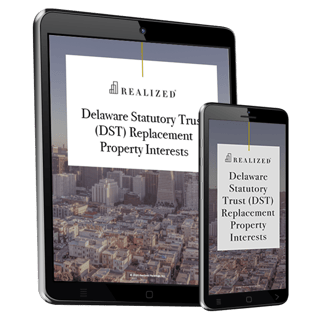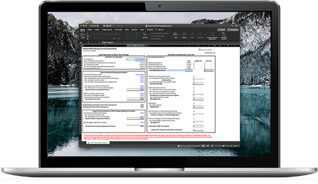The 1031 Exchange Process
This is a basic roadmap for the 1031 exchange process; your exchange is likely to have additional twists and turns depending on your financial situation, investment goals, mortgage debt, property selection, and similar related factors that are unique to each exchange.
Step 1: Selling the relinquished property
The simplest exchanges involve a one-for-one swap of like-kind investment properties, although you can exchange out of and into multiple properties. The first asset in the exchange is called the relinquished property (sometimes referred to as the downleg); the second is the replacement property (upleg).
It’s of utmost importance to initiate the 1031 exchange process prior to beginning sales proceedings on your relinquished property. Once you’ve met with tax and legal professionals to discuss the potential ramifications of the upcoming exchange, and you’ve got a Qualified Intermediary in place, you’re ready to begin the sales transaction for the downleg portion of your 1031 exchange.
You’ll create a sales contract assignable to your QI so that party can divest your original investment property as part of a 1031 exchange. This contract will also include a clause stating that property is part of a 1031 exchange and the buyer agrees to cooperate with exchange rules. At closing, your QI will receive funds either by wire transfer or check, and will hold all sales proceedings in an escrow account until they are needed to purchase a replacement property to complete the exchange. This separation ensures you stay on the sidelines during the exchange process and never take receipt of any funds involved in the exchange. The clock to complete the exchange begins on the day that sales proceedings on your relinquished property are completed.
Step 2: Identifying replacement properties
Now that your investment property has sold, you’ll have to determine which identification method best meets your 1031 exchange needs. Your Qualified Intermediary will help you complete the necessary paperwork and forms to ensure your targeted replacement assets are formally identified. Once you’ve made your selection, you can identify additional replacement properties so long as it’s done within that crucial 45-day window. Target assets must be unambiguously described through their legal description or by property address in the identification documentation, which must be signed by the same taxpayer that’s undertaking the 1031 exchange. This documentation typically is received by your QI, but it also may be sent to the seller of the replacement property, an escrow agent, or title company depending on how your exchange proceedings are structured and play out.
Step 3: Closing on the replacement property
You can only acquire formally identified replacement properties to complete your exchange. You’ll create an assignable purchase contract that allows your Qualified Intermediary to buy the replacement property. This contract will include language noting that the seller agrees to cooperate with your exchange requirements. The seller and your QI will execute the purchase transaction, and once all documentation is complete and you’ve agreed upon a closing date, you’ll complete a request for funds form so that your QI can disperse funds at the closing table. The exchange is complete and the taxpayer recognizes 100-percent deferral of capital gains taxes if the entirety of the funds from the relinquished property are used to purchase the replacement asset. Your taxation professional will report the exchange using Form 8824 in the year the exchange was completed.
















